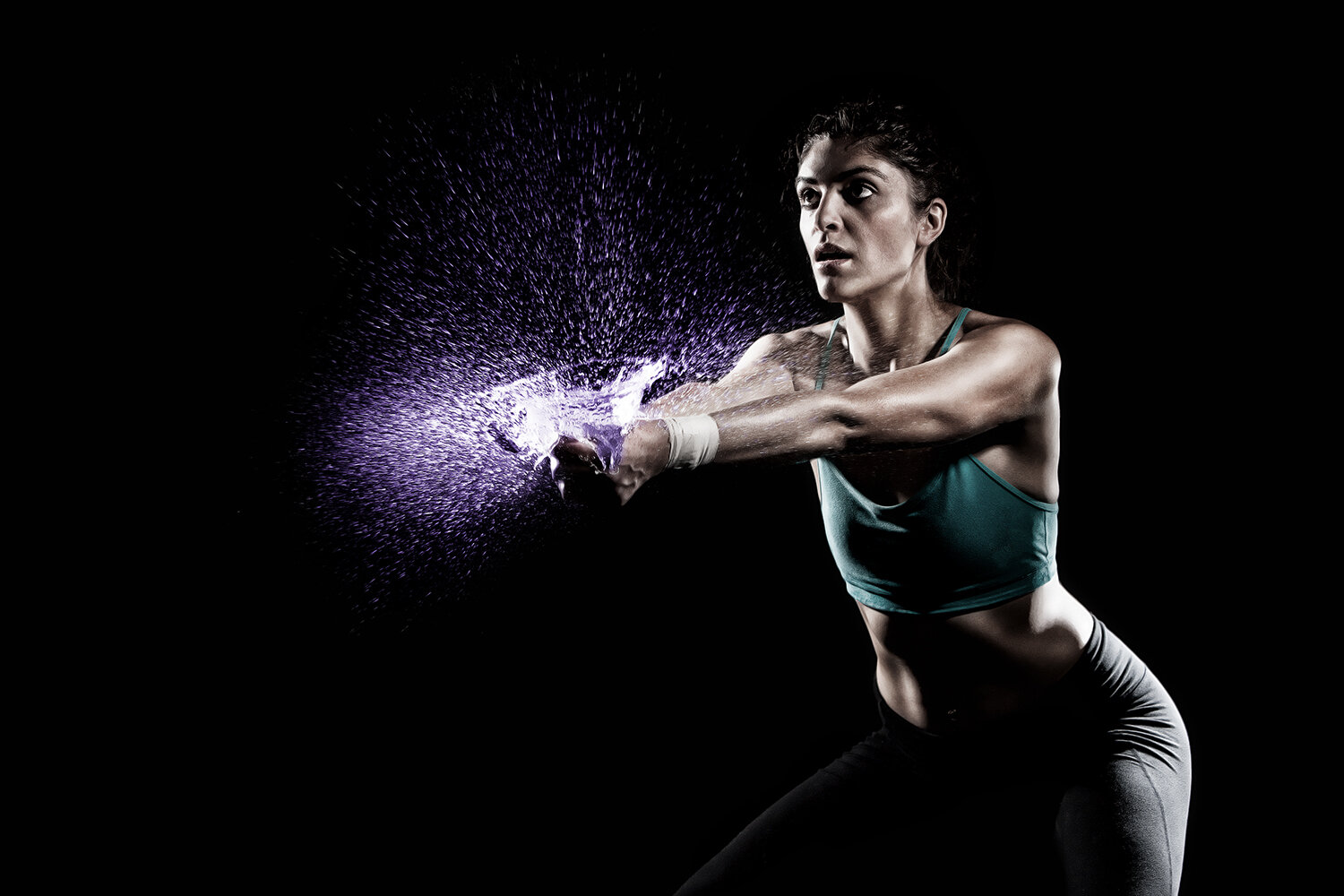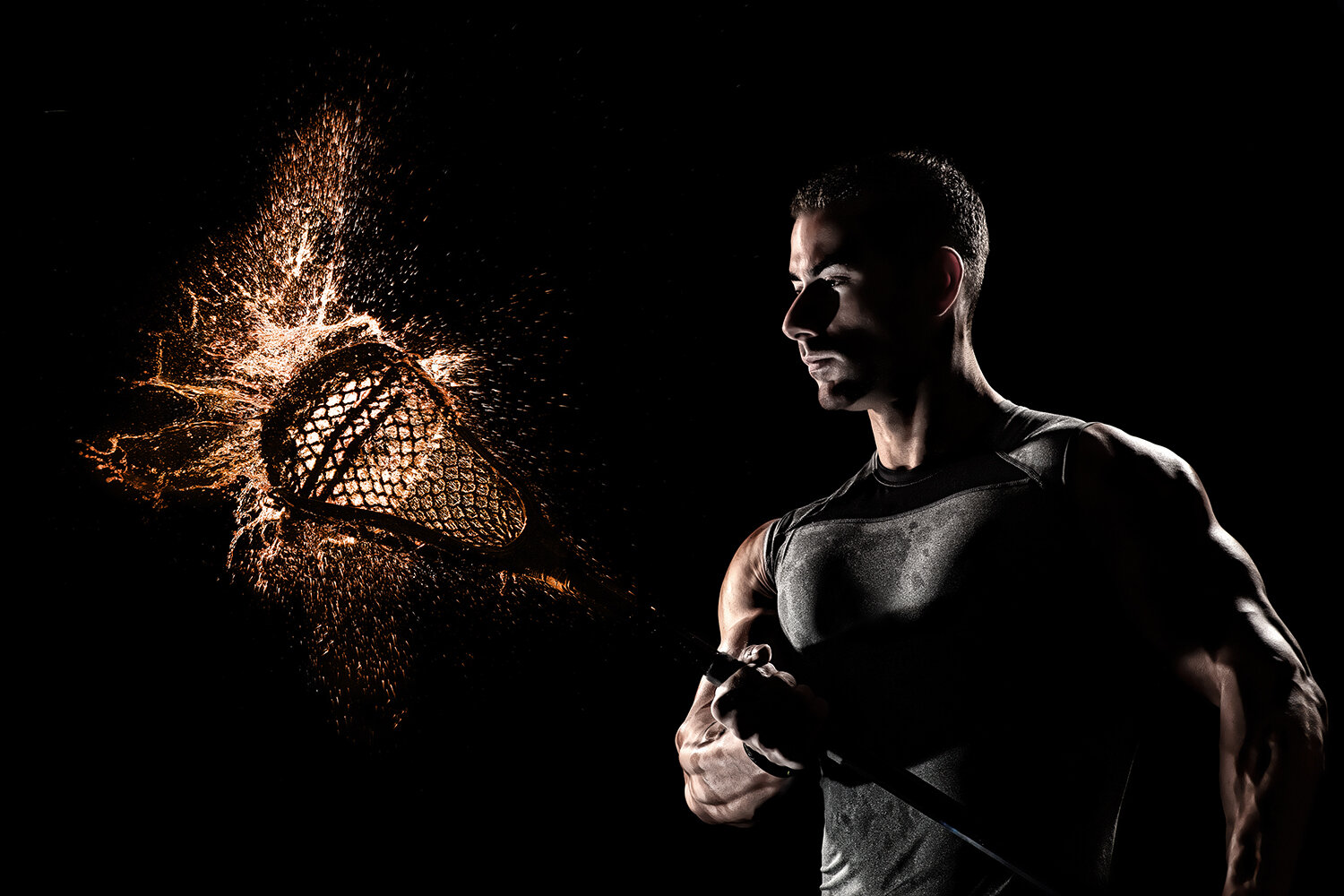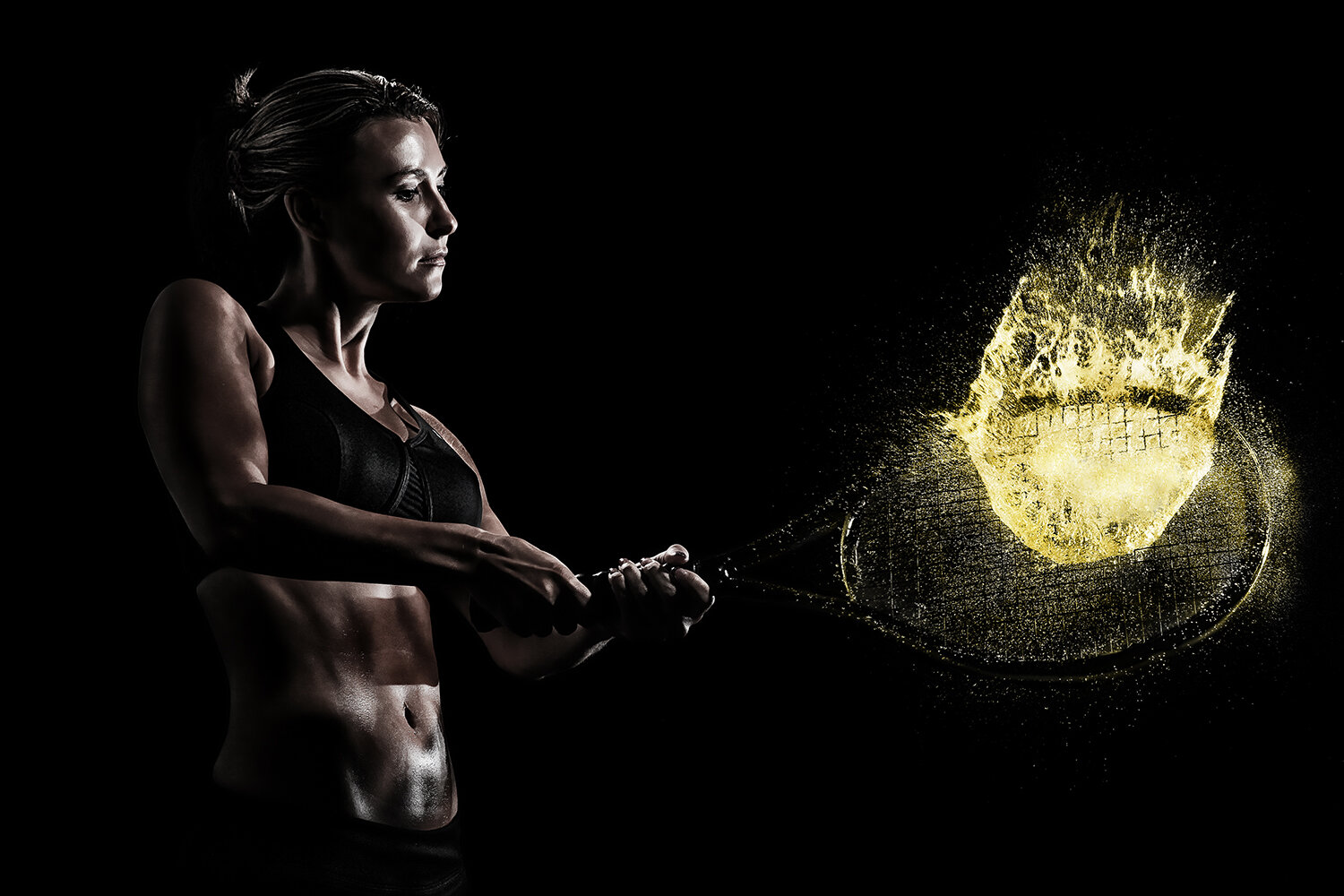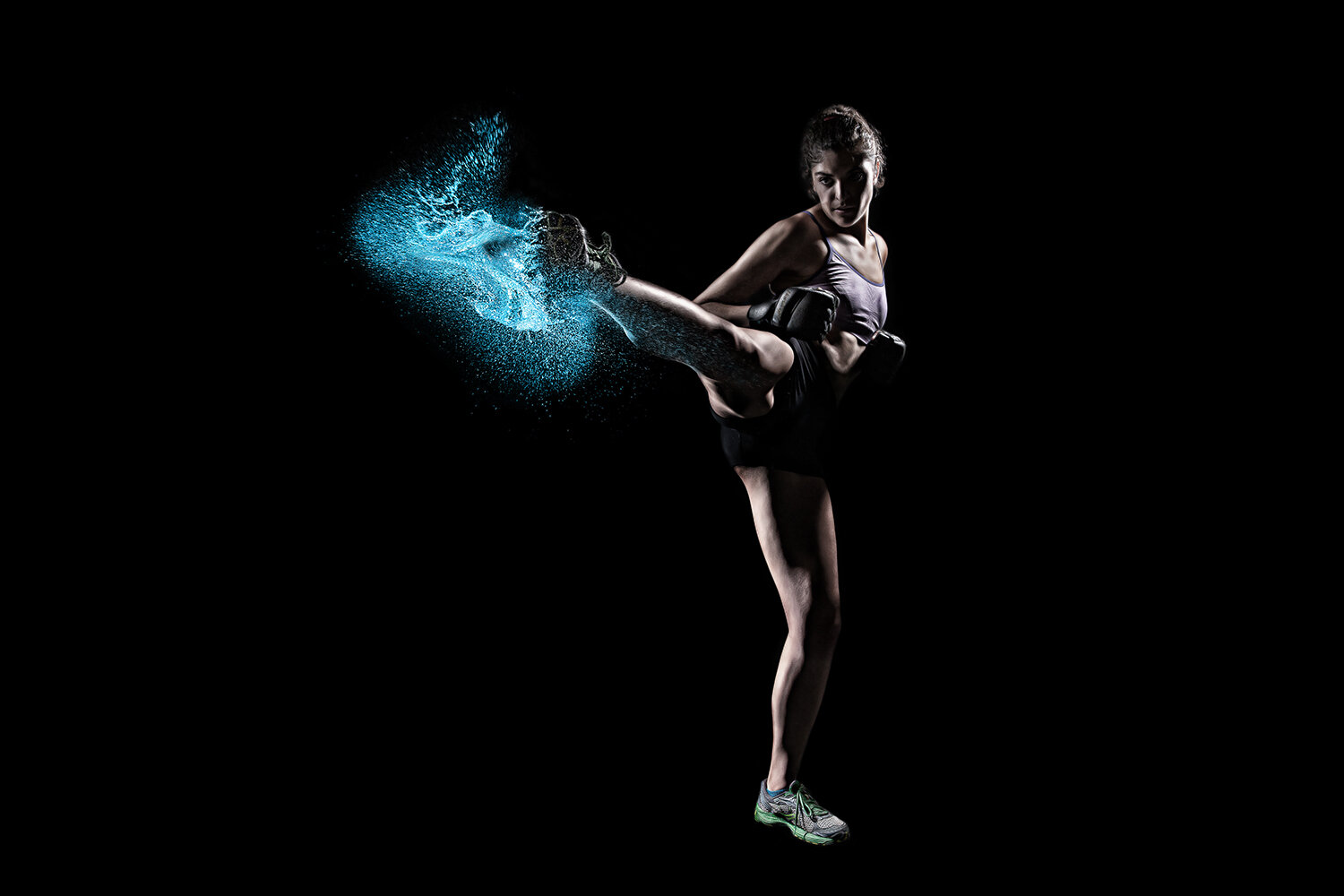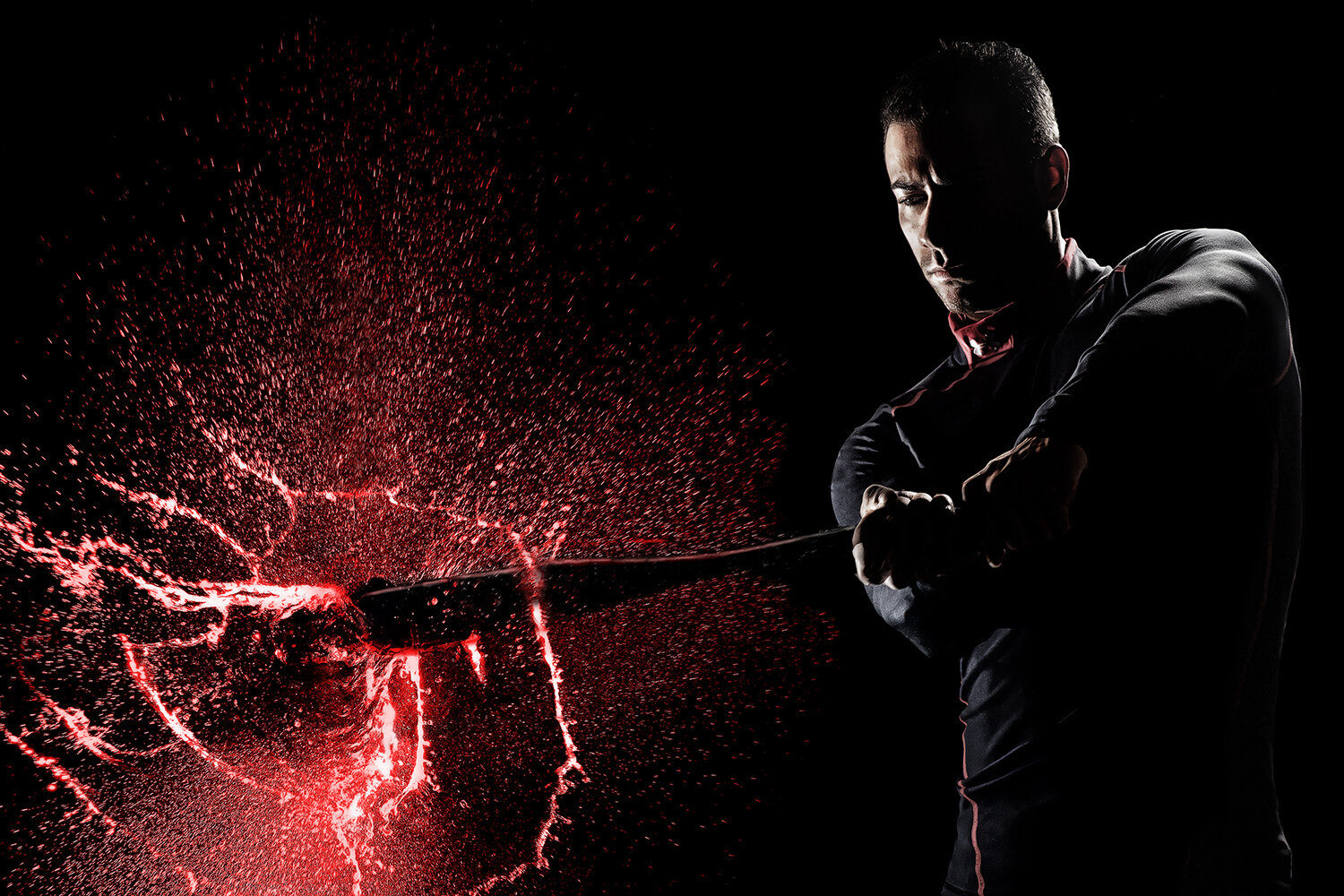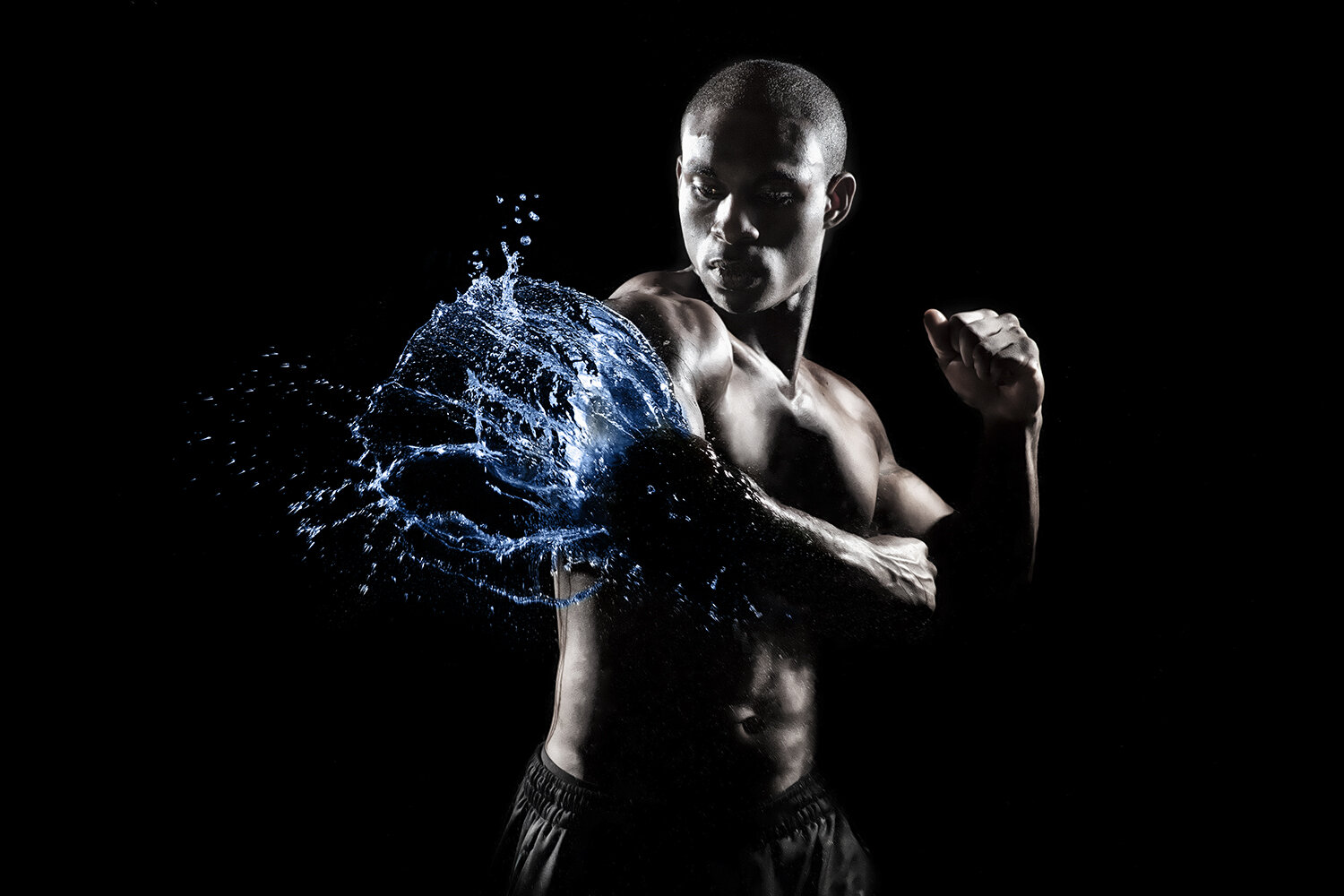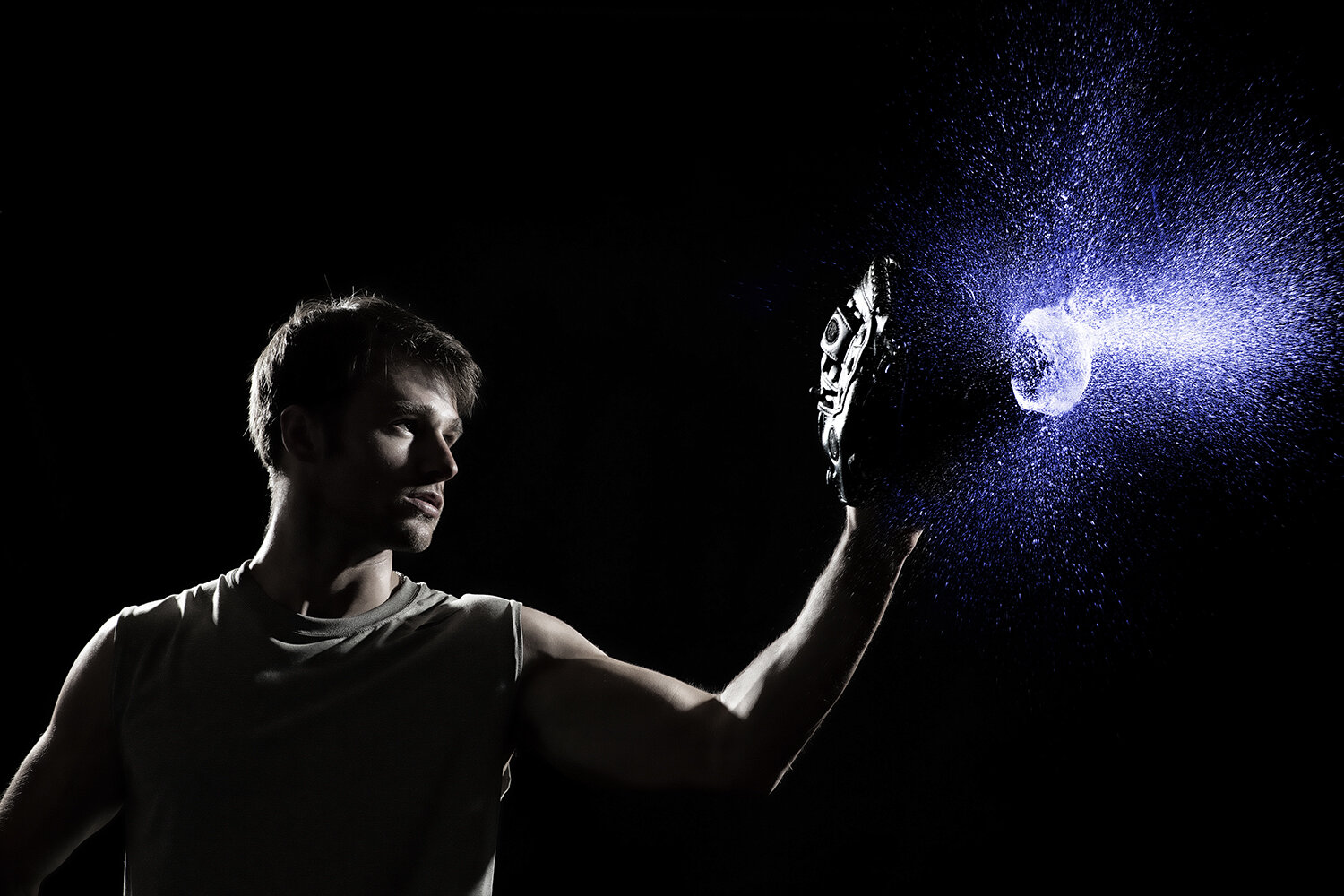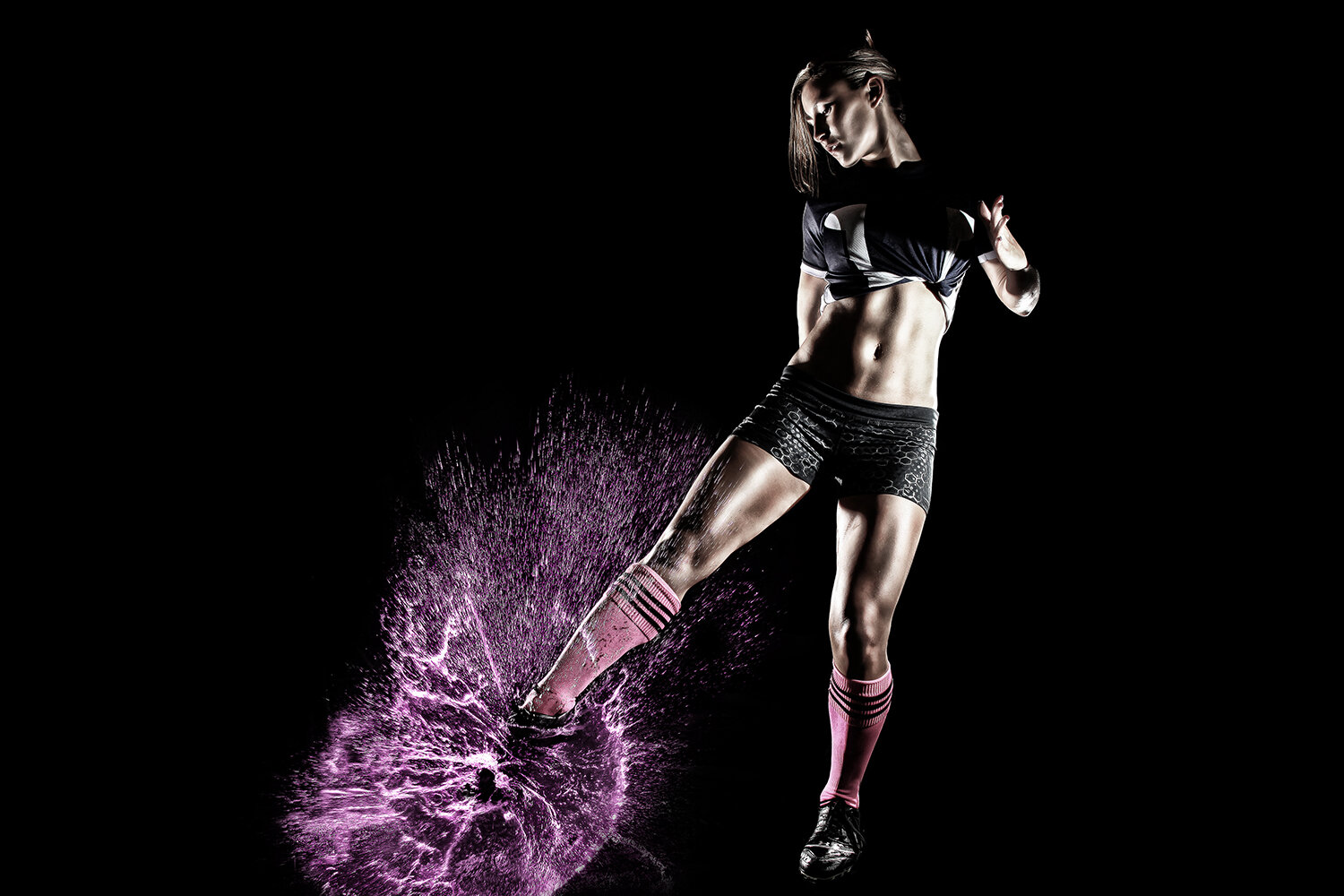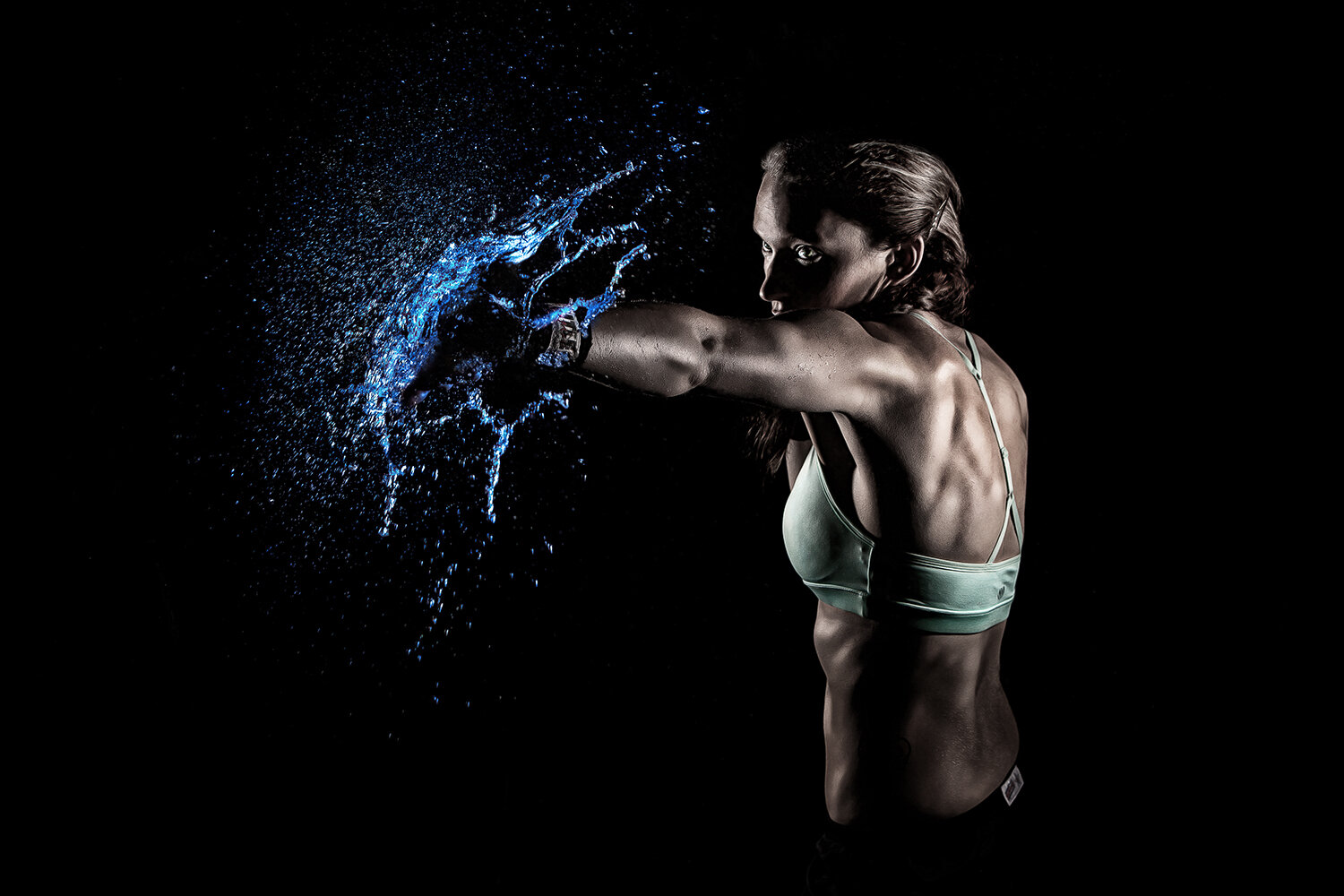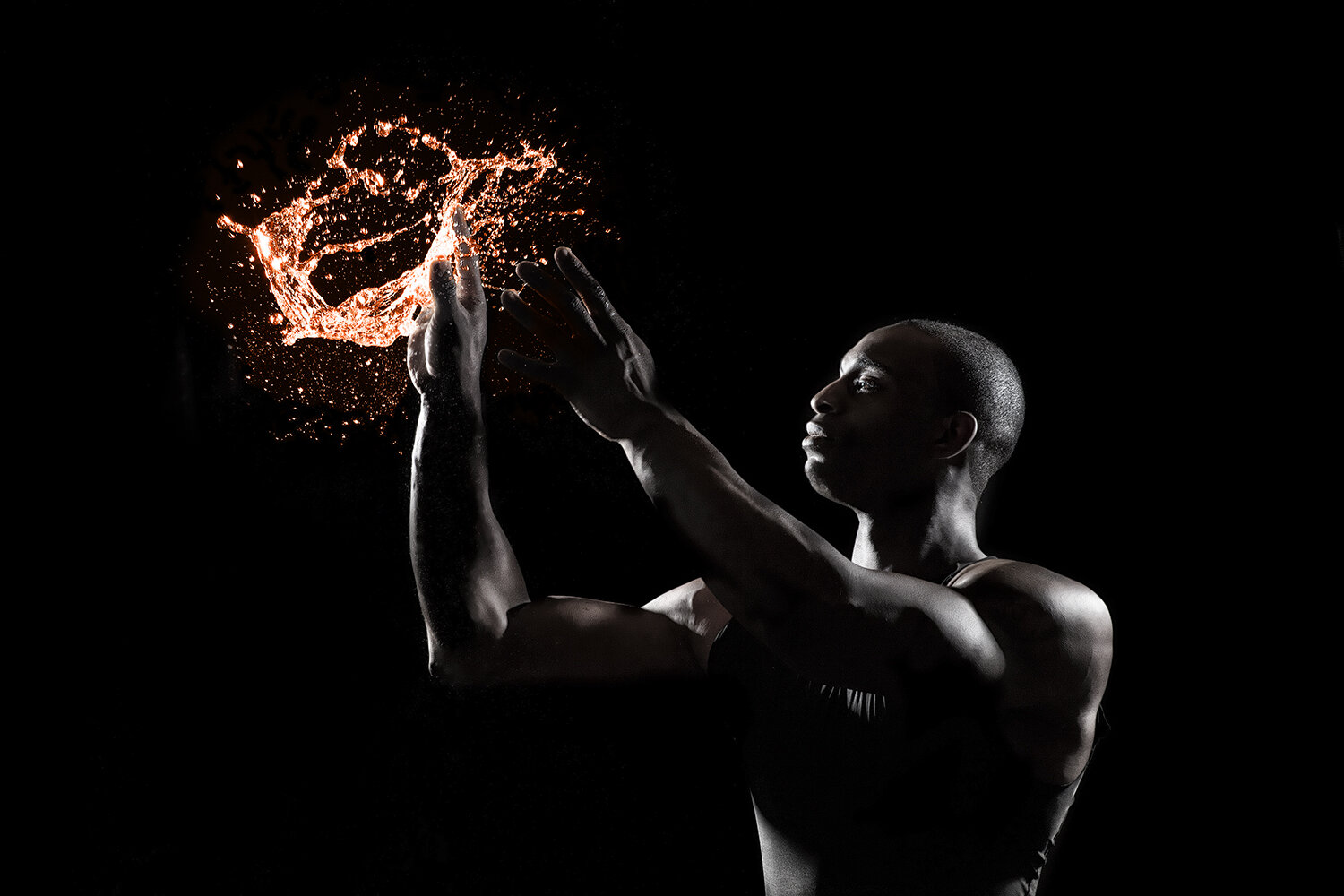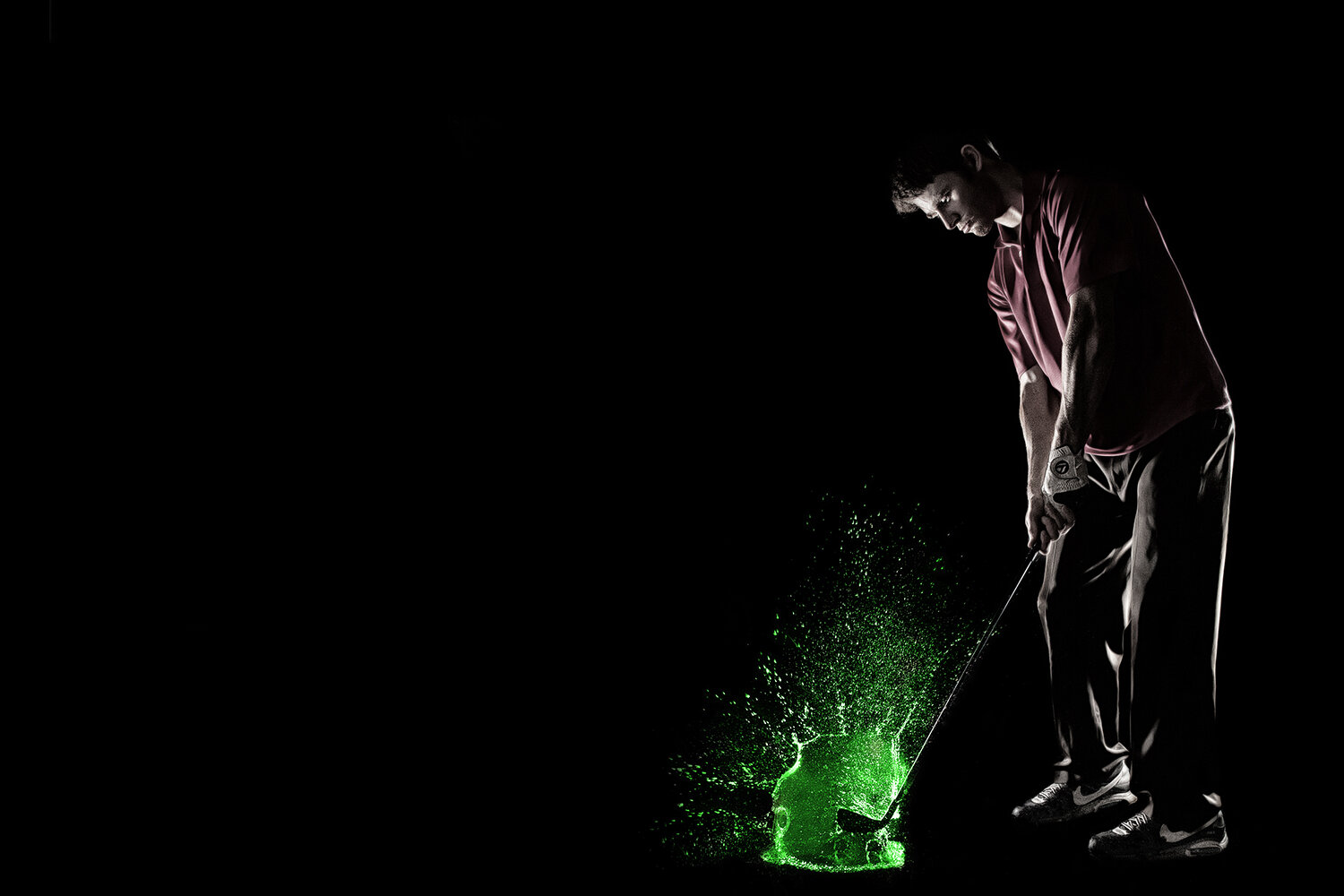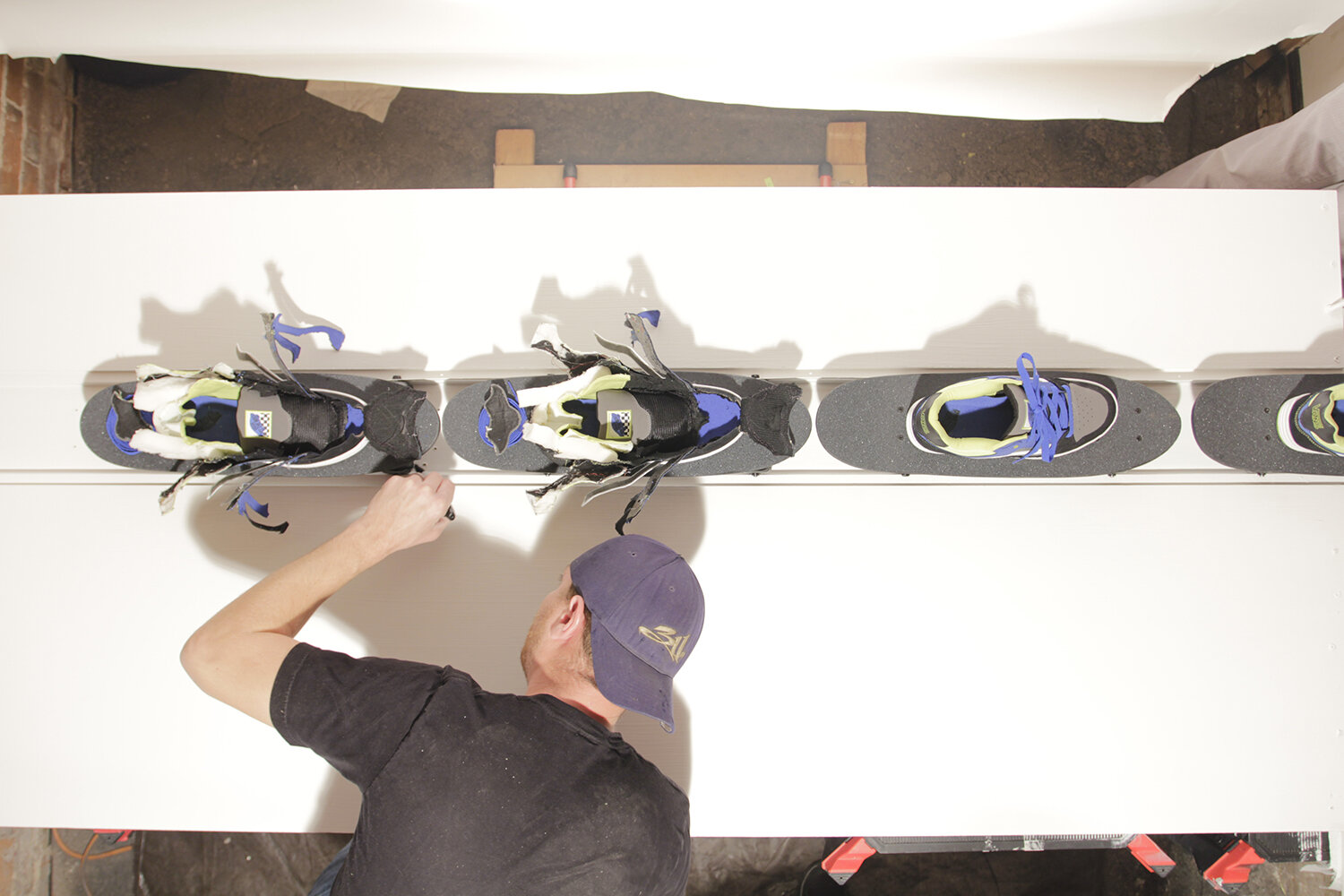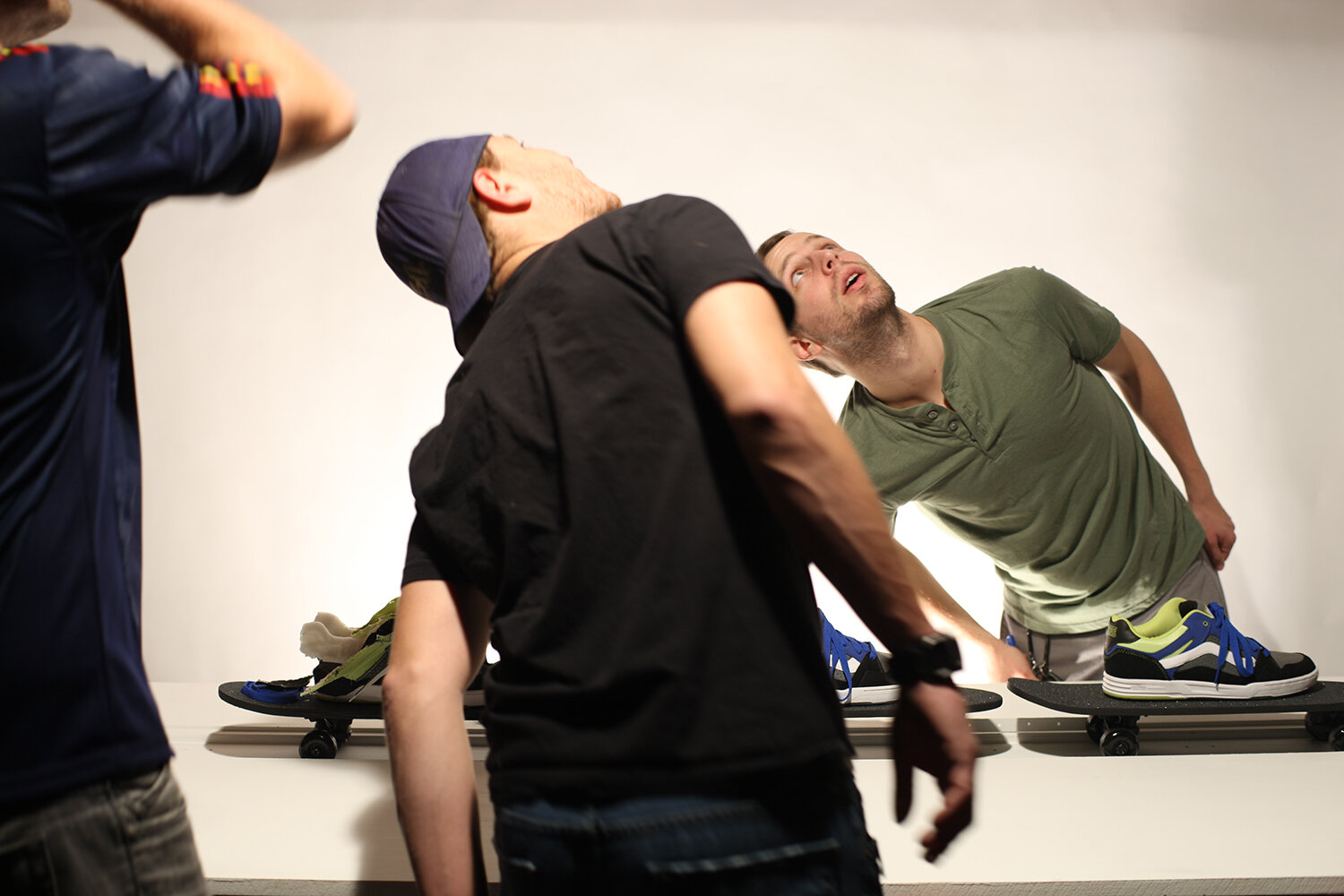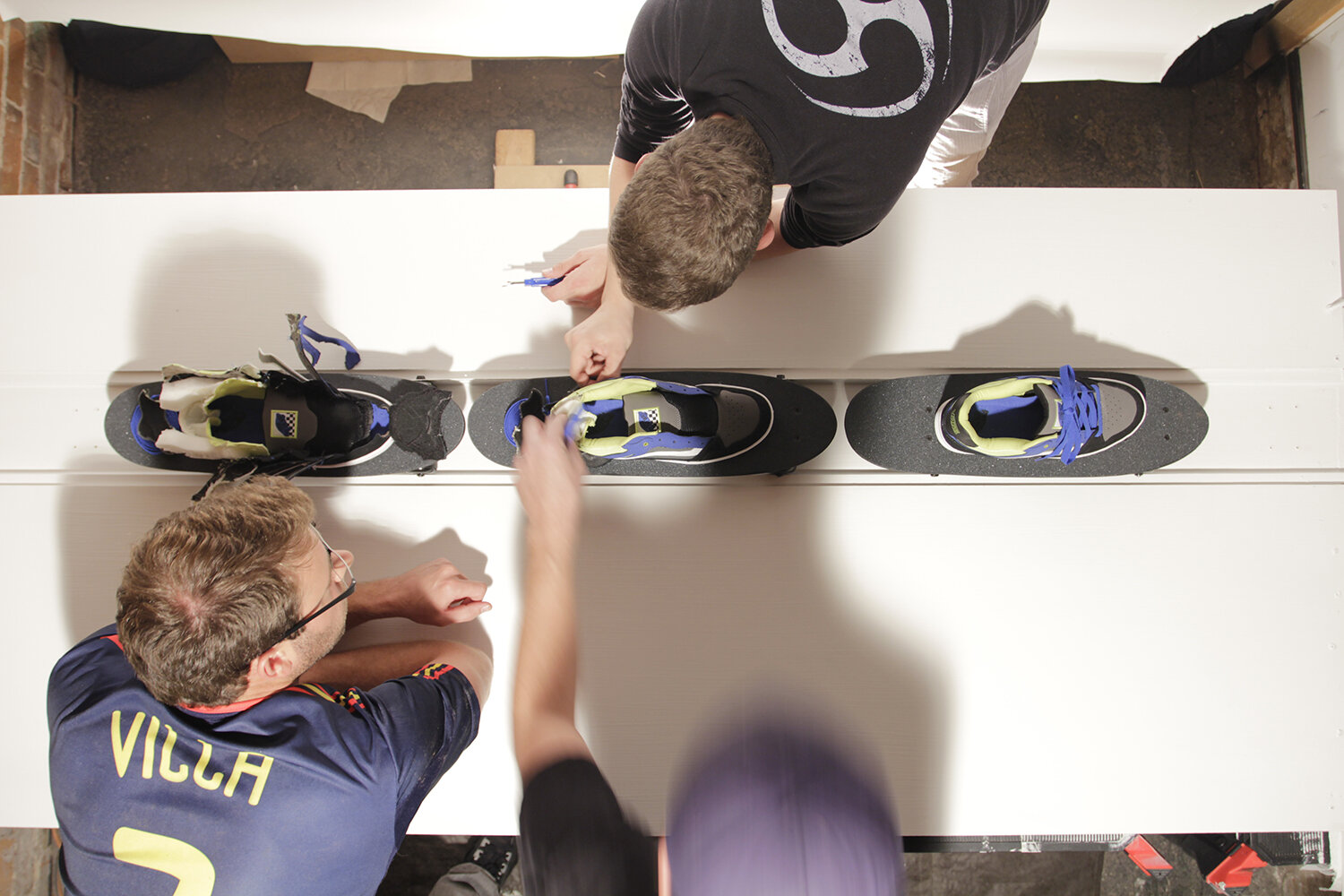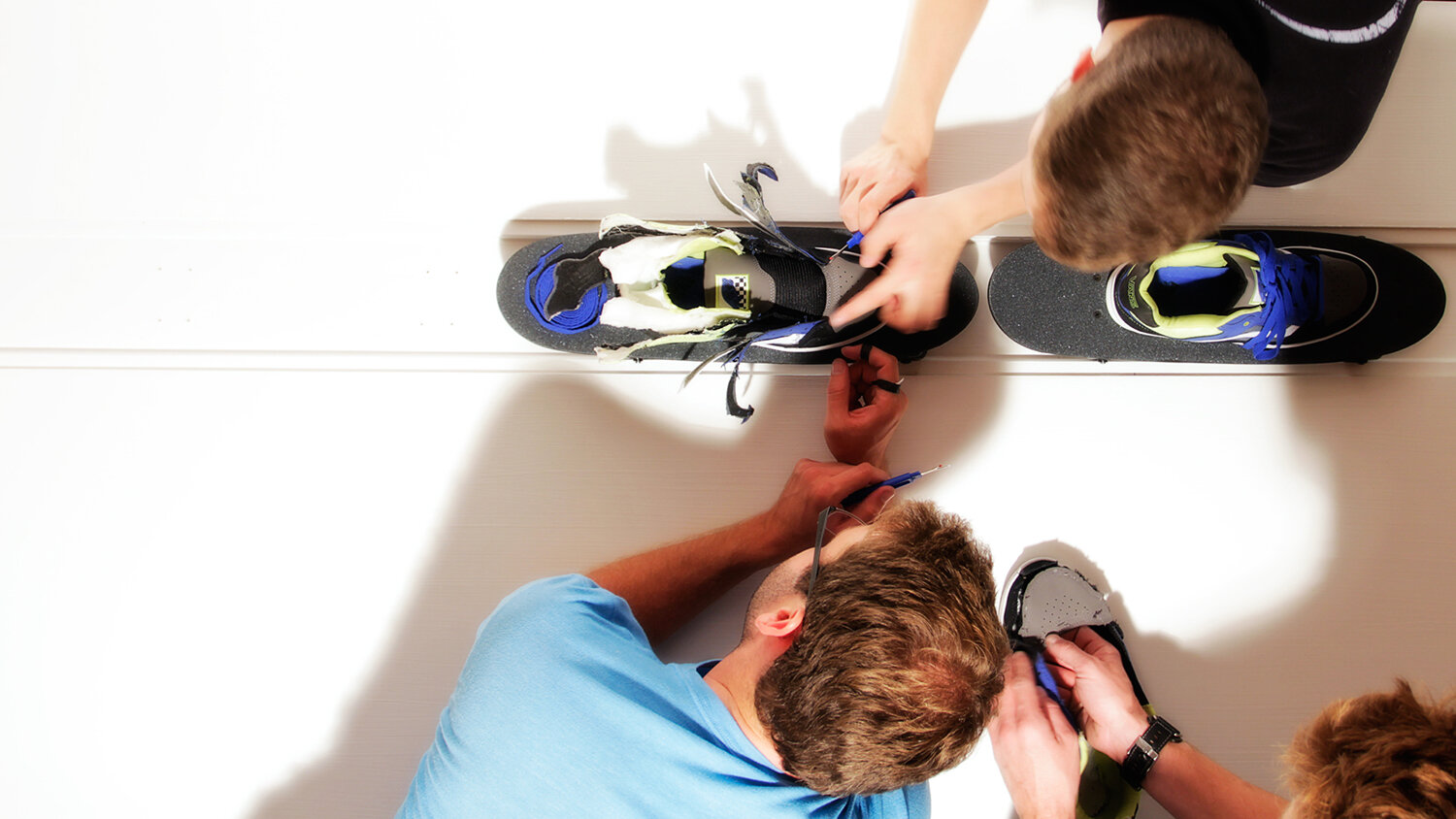I love Profoto. I use their lighting equipment all the time on my shoots to achieve unique effects, and it’s always so cool to see them feature my work on their blog! Read the full article below, and don’t miss Part Two and Part Three.
Joe Morahan’s Colorful Splashes
Written by Ron Egatz on Monday, September 9th, 2013. Originally posted on The Profoto Blog.
Photographer Joe Morahan has been on our radar for a long time. We’ve covered his work previously, and his love of high speed sports photography hasn’t diminished since then.
Based in Denver, Colorado, we usually find Joe capturing athletes outdoors. He recently explained a series of indoor shoots which are no less impressive and action-filled than his outdoor work.
“This summer has been so hot, I think I subconsciously needed to do a shoot that reminded me of being a kid, looking for a way to stay cool – an erupting fire hydrant, a neighbor’s lawn sprinkler, a Slip-n-Slide… anything!” says Joe.
“I began imagining a shoot where I could combine my summertime prerogative of keeping cool with my background in high-speed industrial photography, and my current passion for creating sports photography and films.
“Like many photographers, I keep an “inspiration” file going of cool techniques and styles. I soon found an image that was pretty close to what I wanted to achieve: a female athlete hitting a splash with a baseball bat. The effect was just as striking as I had imagined! I started to get really excited about using this technique in my sports photography, and taking it to a new level.
“I decided to apply the “splash” technique to several different sports, showing exploding balls of water – frozen at the moment of impact. This kind of shoot could be used in an ad campaign for sports drinks, illustrating the power of hydration in a really attention-grabbing way. I chose a pure black background and rim light to really highlight the shape and position of the athletes and the millions of tiny water droplets exploding around them.
“Over the years, I’ve captured tons of splashes, drops and pours for landscape and tabletop shoots. However, I’d never applied this technique to humans before. Boy, did I learn a thing or two! Before a single model set foot inside that studio, I had my lights and camera settings locked down. Whenever I’m testing a new technique, I do a lot of “pre-modeling” before the talent arrives so they’re not waiting around, losing energy while I’m futzing. As you can see, I make a better photographer than a model!
“On the technical side of things, I knew just what to do. To freeze the motion and the water, I powered down my Profoto flashes, almost to the lowest power possible. Next, I cranked up the speed. I knew I could count on the speed of my Profoto lights to capture just the right moment.
“To keep both the faces and the splashes of water in tack-sharp focus, I had to close down my aperture to f/8. With all the kicks, swings and punches, the splashes of water were often 18-24” in front of my model’s face. But when you stop down, you lose light. If you’re using diffusion you then have to kick up the power on your flashes, losing your fast flash duration. So in the end, I didn’t use any diffusion tools and instead, I swept the specular light across my models.
“The craziest challenge was keeping my beloved camera equipment and Profoto gear dry! I’ve dealt with water on-set before, but usually on a smaller scale or as rain falling from above… not exploding in all directions. Safety first, people. We made sure all power connections were lifted off the floor and covered everything in sight with trash bags.
“Ironically, with all that water flying around, my studio got incredibly hot and muggy during this shoot. These images are far more refreshing to look at than they were to produce! So much for staying cool this summer…”
Joe Morahan is an innovative and award-winning sports photographer, filmmaker and visual effects artist living in Denver, Colorado.
